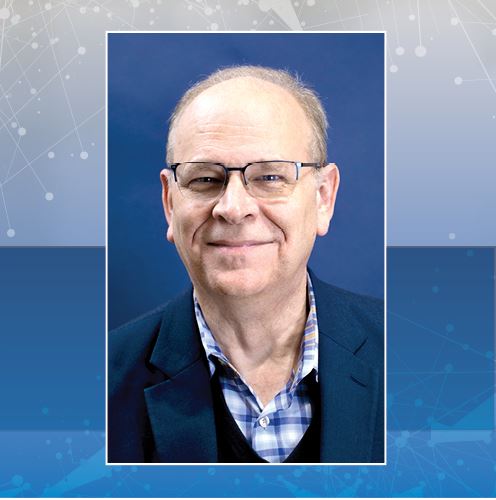|
Geoscientists and engineers are very comfortable using seismic data sets acquired with geophones, hydrophones, and accelerometers because we have a long, well-defined set of standards for acquiring, processing, and interpreting them. However, distributed acoustic sensing (DAS) seismic measurements are rapidly augmenting, and in some cases replacing, the data from these conventional tools. Technologists are frequently unaccustomed to using DAS seismic data sets since it directly acquires relative strain or strain rate measurements and not the more familiar pressure, displacement, velocity, and acceleration data.
This course is designed to build an intuition and understanding of the value, limitations, and applications of DAS seismic technology. In addition to the lecture and accompanying book, software will be provided, which will allow the student to interactively explore DAS seismic technology |
This course will cover
- What are many of the applications for DAS technology?
- How do conventional and DAS seismic measurement systems compare?
- How can we convert between DAS and geophone measurements?
- What is the physics behind DAS measurements and the composition of optical fiber? Do different types of fiber optic cables offer advantages?
- How is a DAS acquisition system architected? How does the fiber optic cable deployment method affect the DAS measurements?
- And, more!
Are you interested in obtaining, processing, and/or using seismic data acquired using DAS measurements? Then this course is for you! Learn more.
Participants are strongly encouraged to bring their personal laptops. Cloud-based access to the DAS simulation software and class exercises will be provided online.



Recent Comments